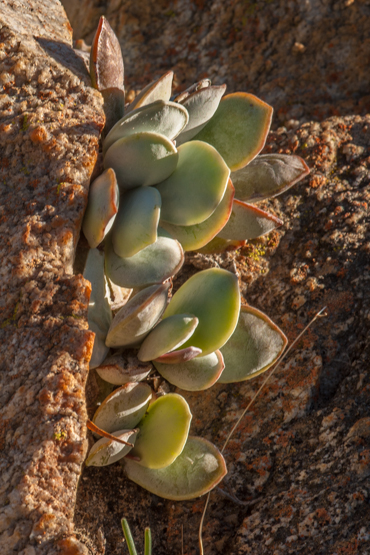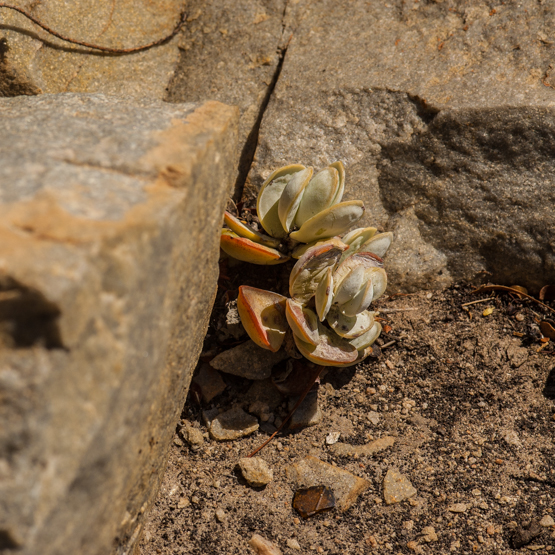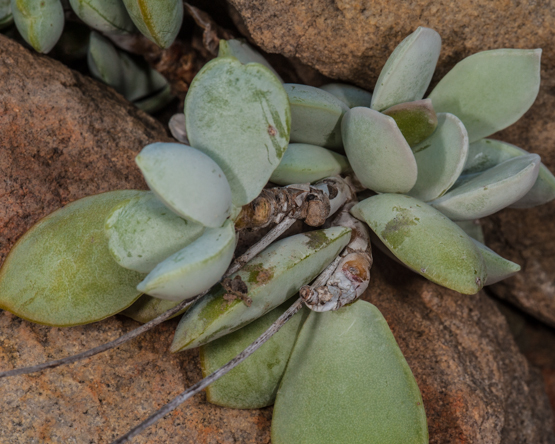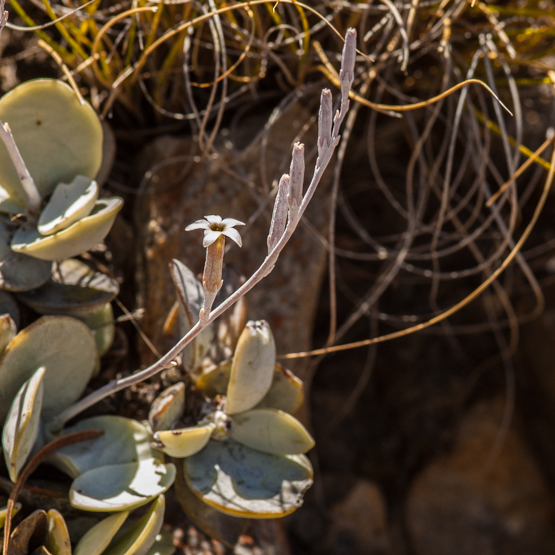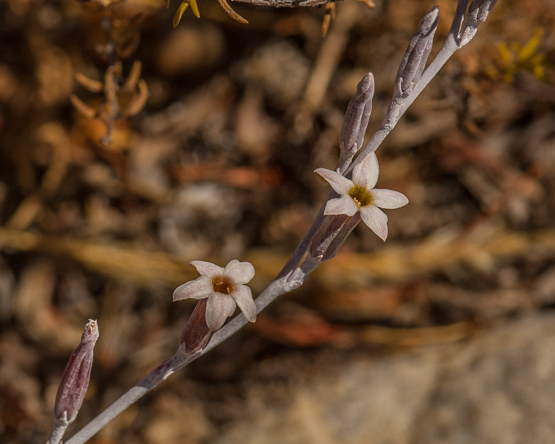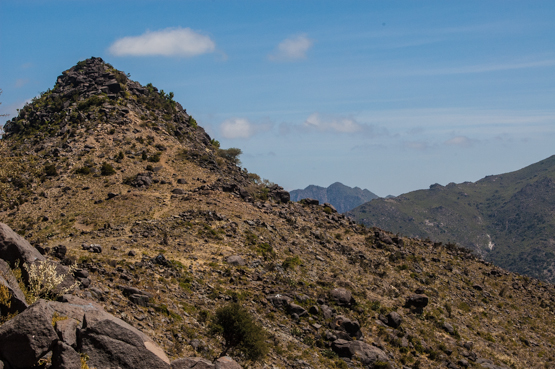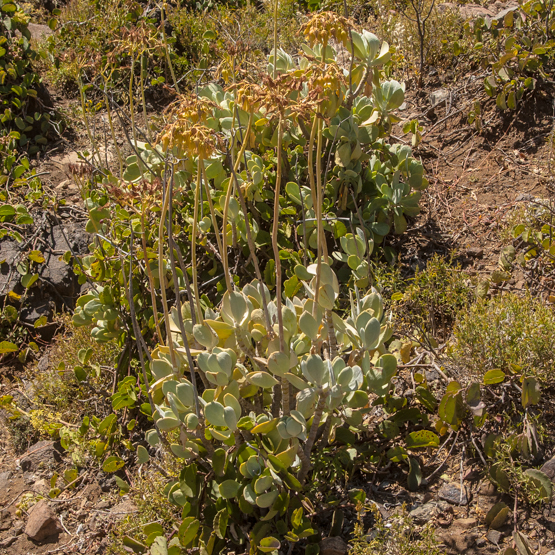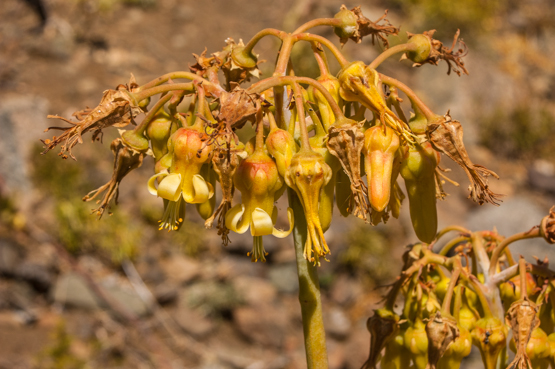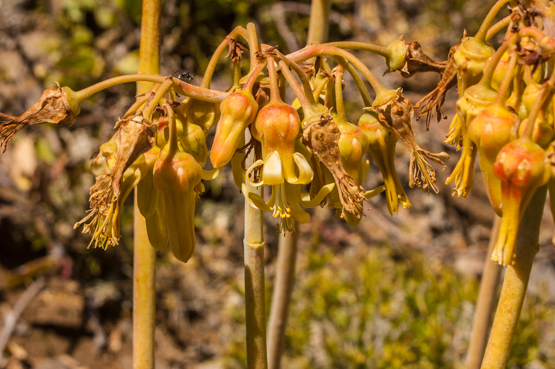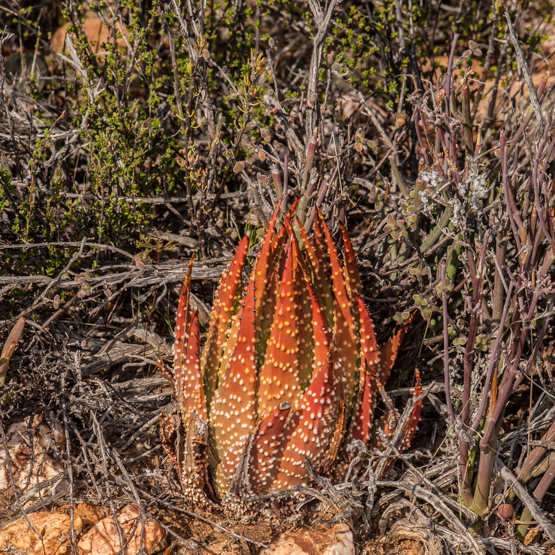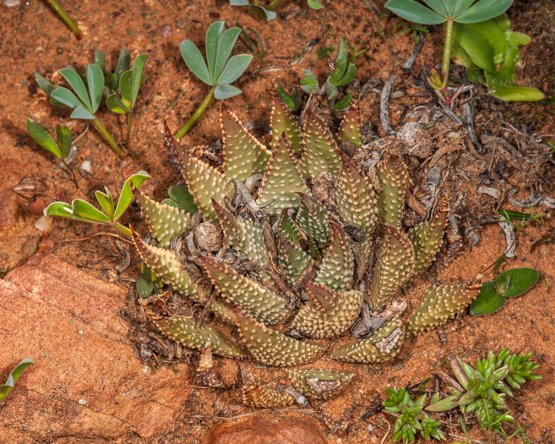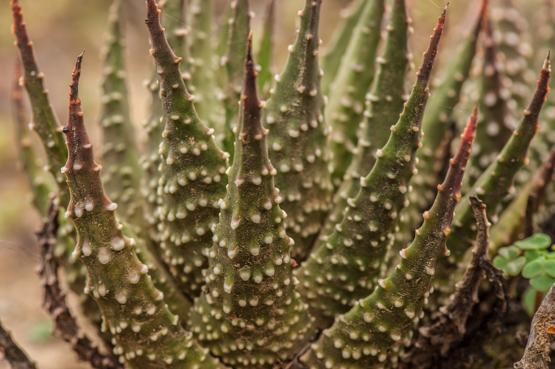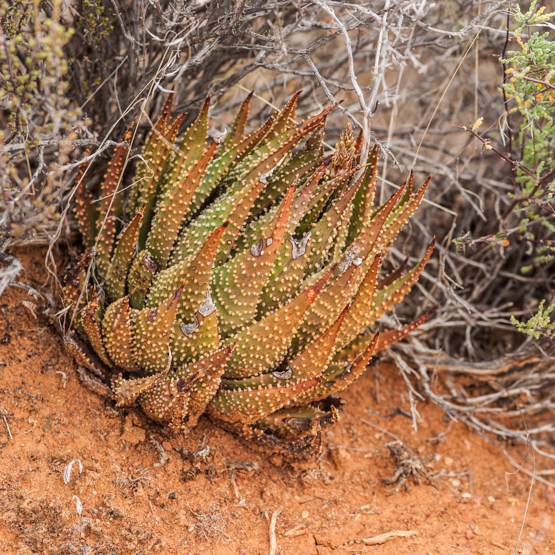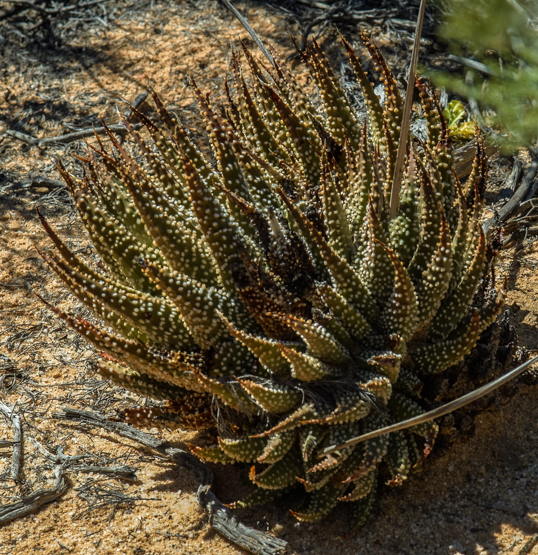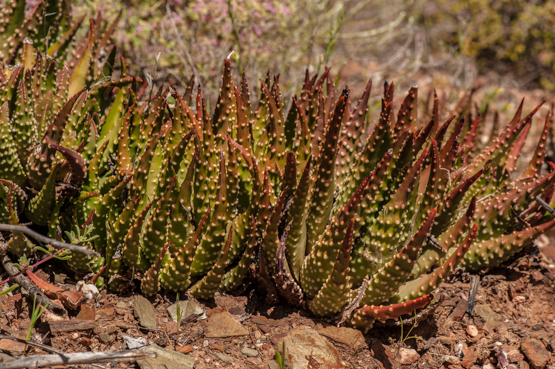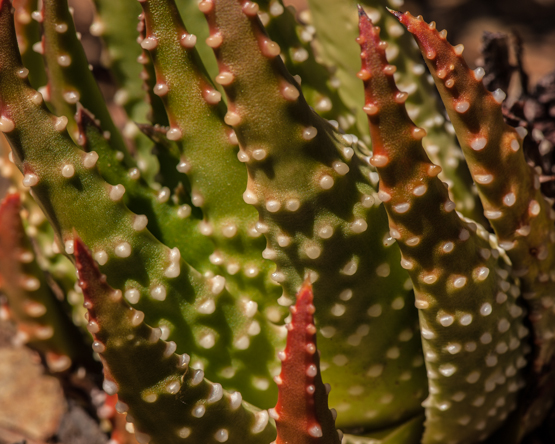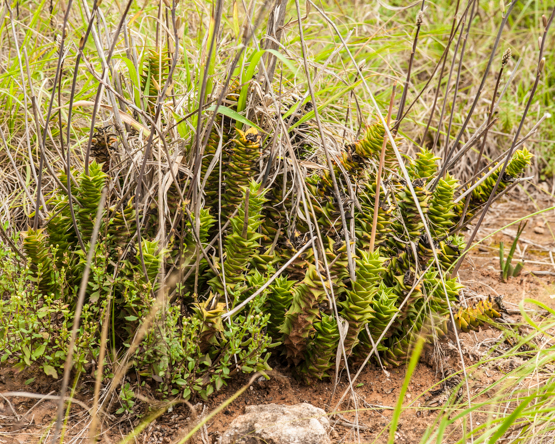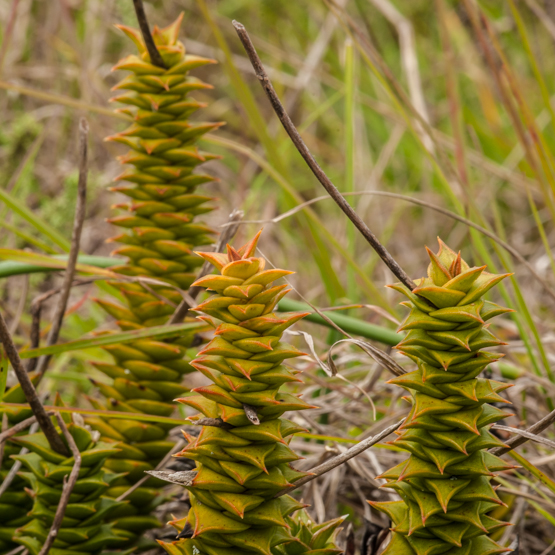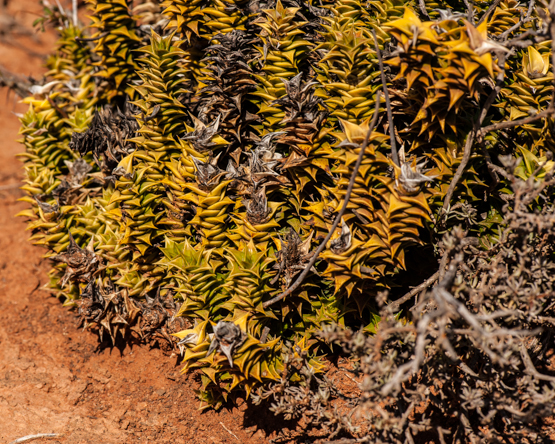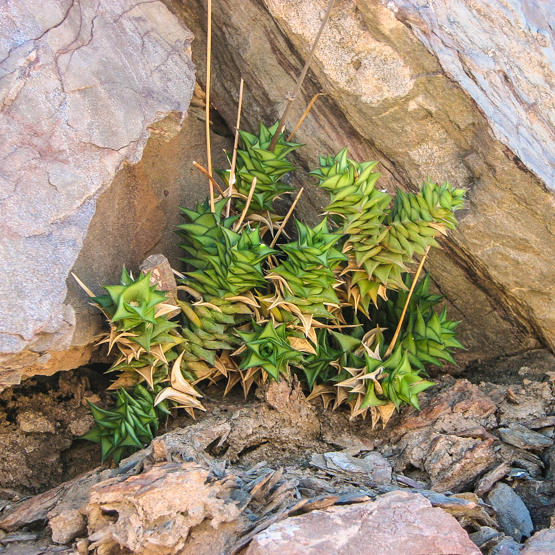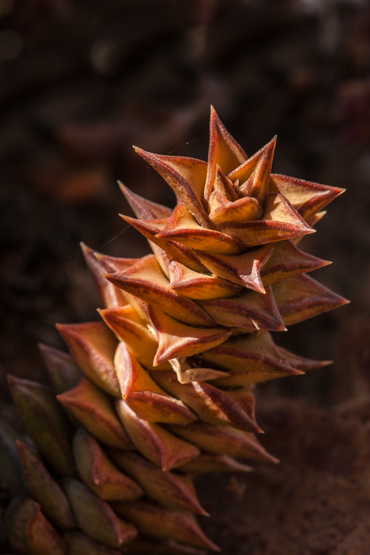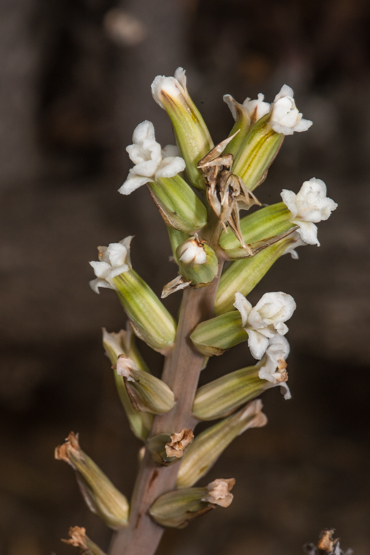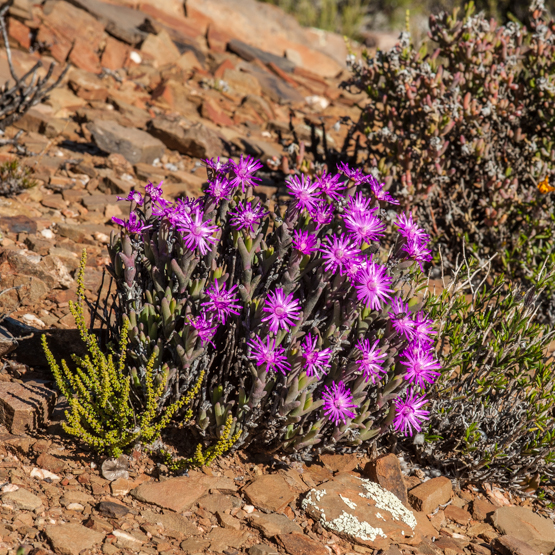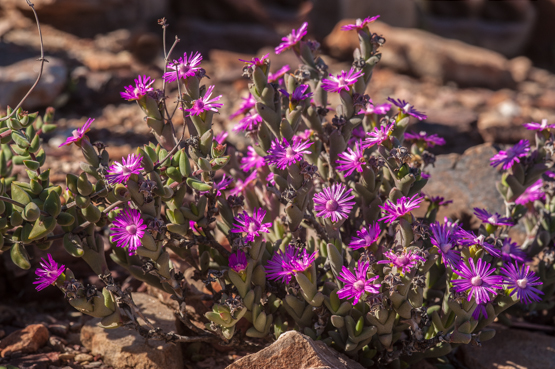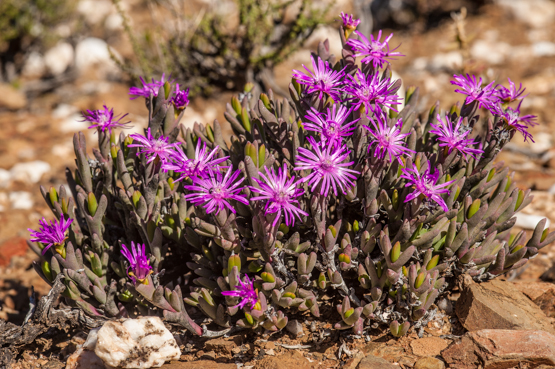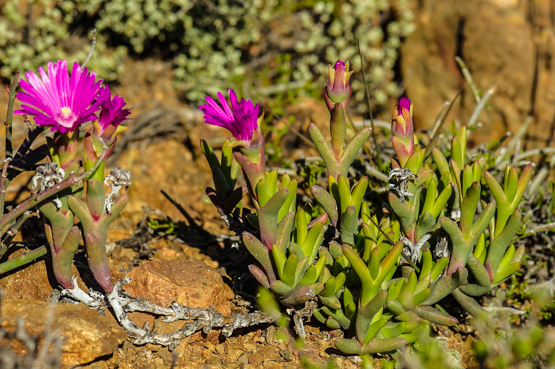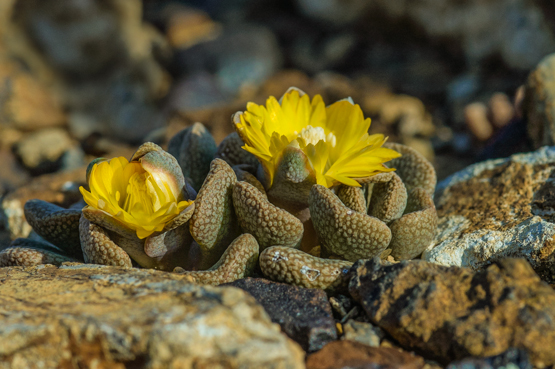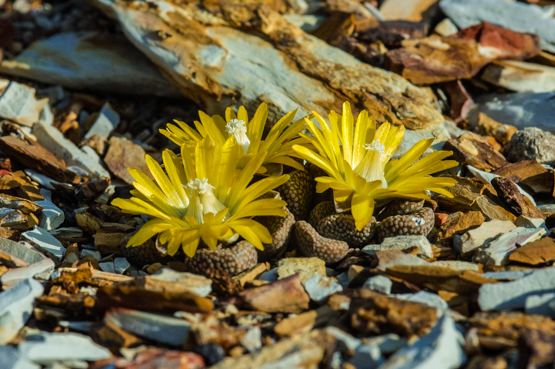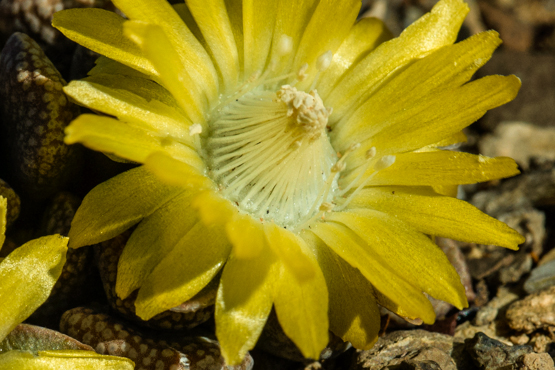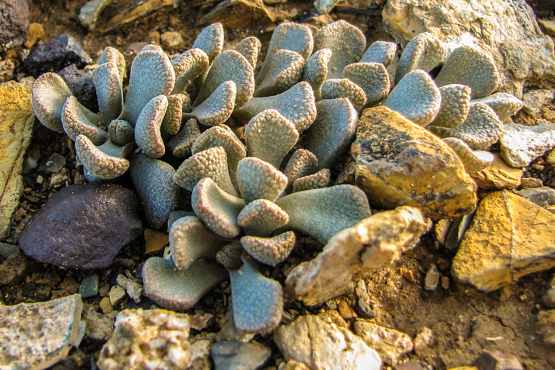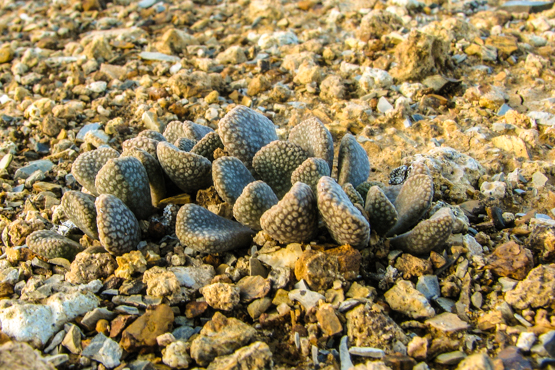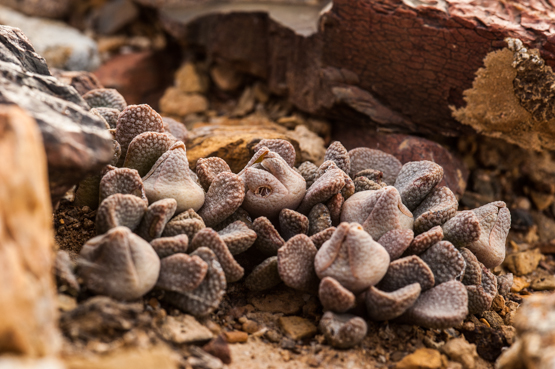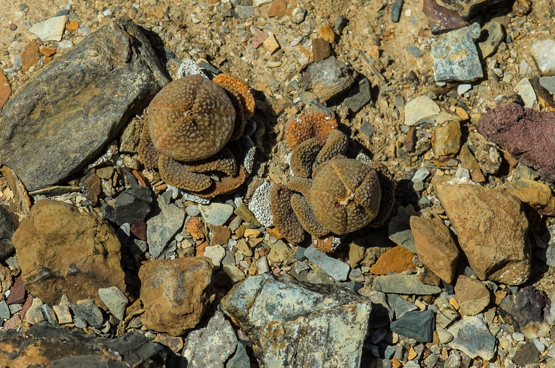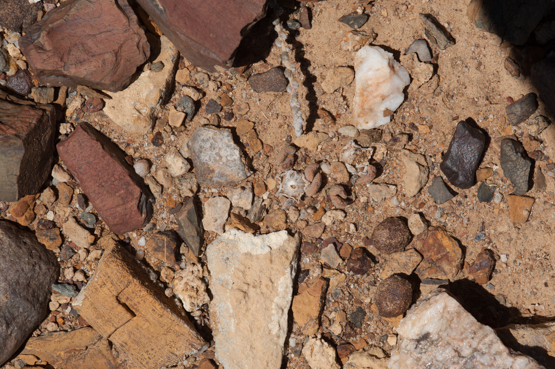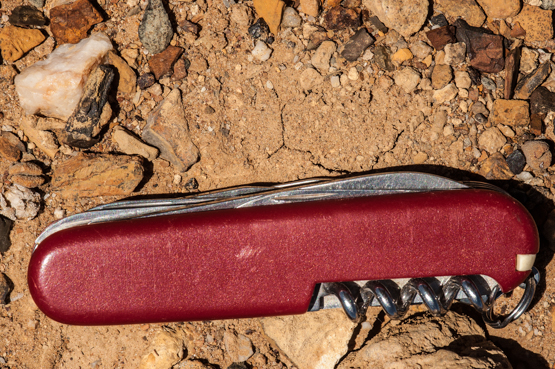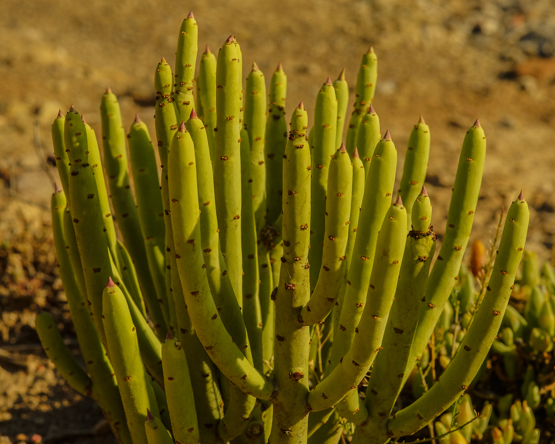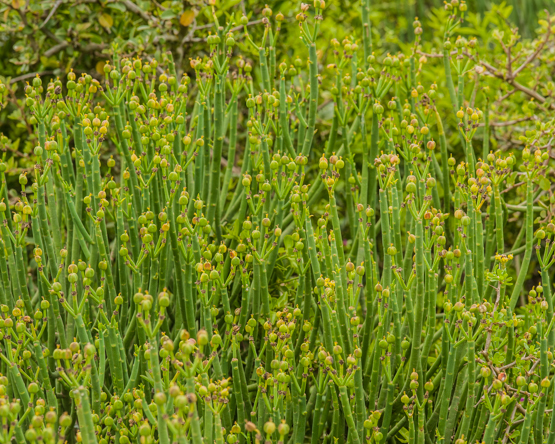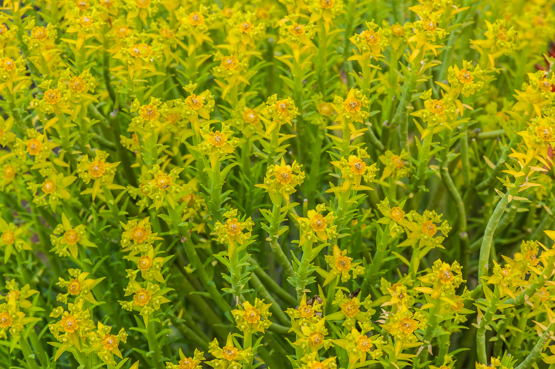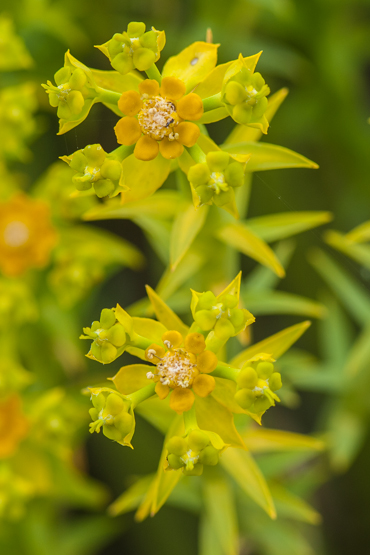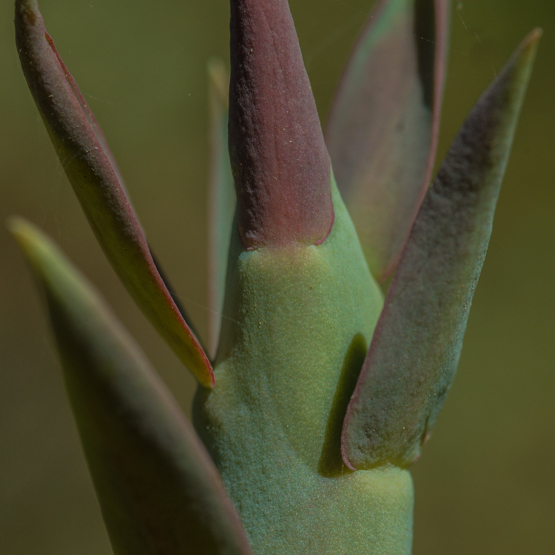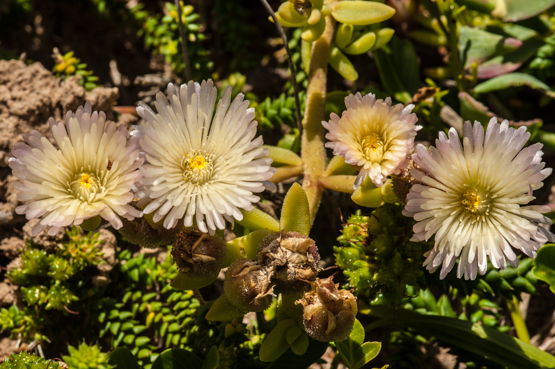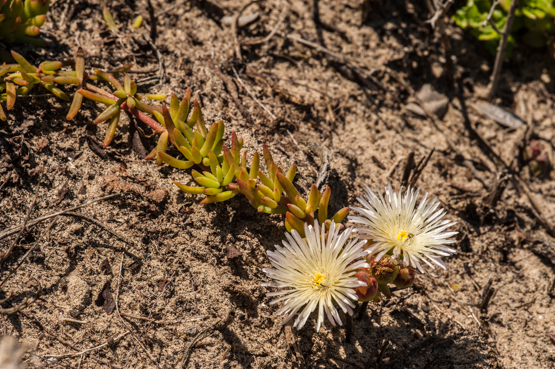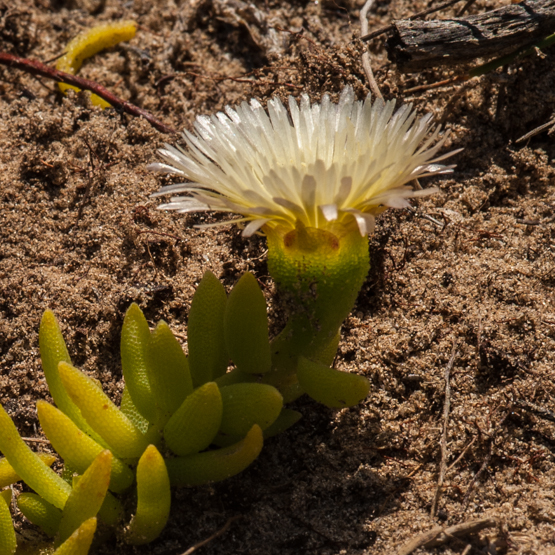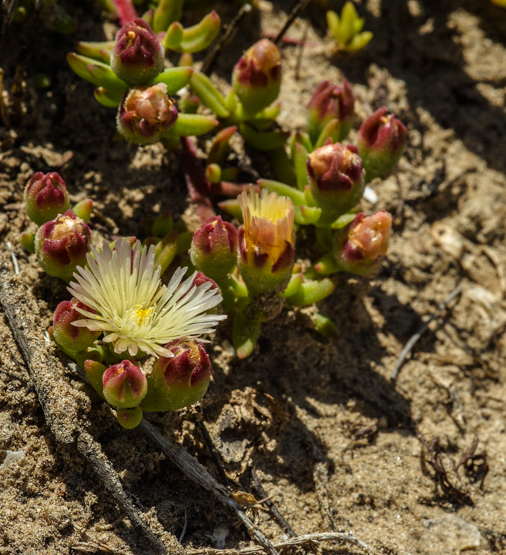When I started this blog just over two years ago, I had no idea what I was letting myself in for. Actually it looked easy :
I had a lot of pictures people might be interested in and after a lifetime of growing, studying and photographing succulents, it should not be difficult to write some texts as well.
And yes, it is as simple as that: you select a few pictures, write a couple of words and hey presto, another post ready. Well, sometimes. Not so very often; rarely in fact.
Stumbling blocks may be:
–not enough good pictures to tell a story
–enough pictures but nothing special
–too little info on the subject
–too busy to do research
–plants can’t be identified properly.
This list is far from exhaustive, but you’ll get my drift I suppose.
The accompanying pictures illustrate the last of the problems mentioned above. They were taken a few km northeast of Montagu, on 9 Oct. 2013.
From the start is was clear that the plants belonged to Haworthia arachnoidea. But which variety? The first option is var. arachnoidea.
In his “Haworthia revisited”, Bruce Bayer says: “This variety often occurs on southern slopes where it is embedded in moss and lichen, and thus very moist in the winter months. The basic leaf colouration is darkish-green and the marginal spines are white”.
This description fits the bill (see first picture), but the distribution area is given as the Worcester/Robertson Karoo, which is west, rather than northeast of Montagu.
When I looked at the pictures once again, I realized that some plants looked like var. nigricans, which is decribed as: “distinguished by the purplish colouration towards the tips of the leaves and the generally darker colour” (picture 2). This variety is known from around Oudtshoorn in the east to the area between Barrydale and Montagu in the west (but not as far west as the locality where this picture was taken).
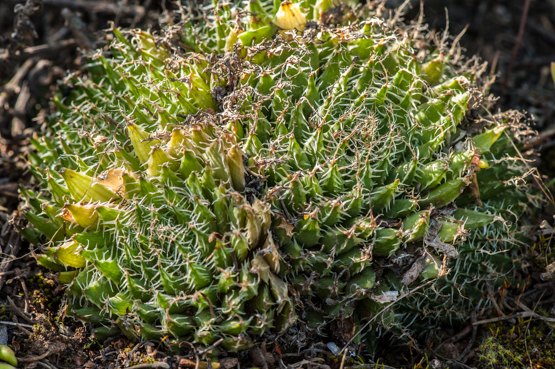
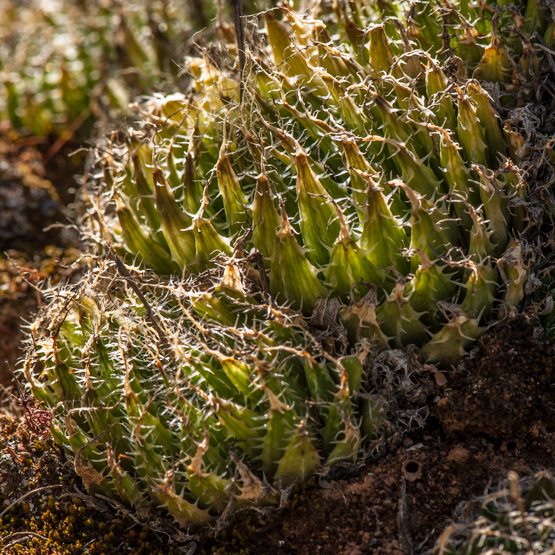
Here endeth the lesson and my 300th post.
